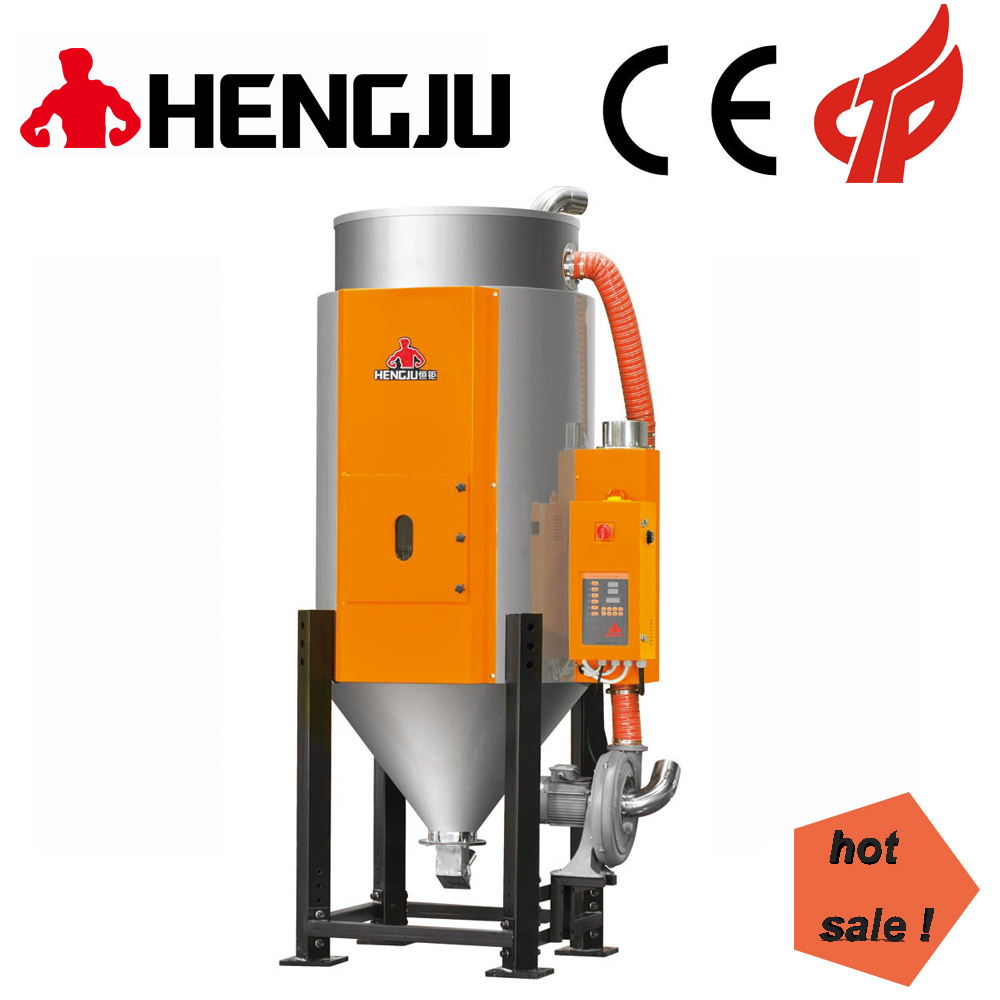At present, it can be said that the excellent dehumidification function of the dehumidification dryer makes it widely used in the industrial industry, and there are many different types of dehumidification dryers, so their dehumidification methods are also different. Today I will tell you about the working principle of the dehumidification dryer and the dehumidification method of the dehumidification dryer!
First, what are the dehumidification methods of the dehumidification dryer?
1, adsorption rotor dehumidification
The thin plate impregnated with hygroscopic agent is processed into a honeycomb wheel for ventilation to achieve the dehumidification effect.
2, liquid absorption dehumidification
There are two types of liquid absorption dehumidification, one is to use the spray of lithium chloride aqueous solution to absorb water, the dew point can be reduced to about, but the equipment is larger, and the absorption liquid must be replaced; the other is to use capillary action to absorb water on the solid On the moisture absorbent, the dew point can be reduced, but the equipment will also become larger when the adsorption area is large.
3, compression dehumidification
Compresses and cools the humid air, separates its moisture, and achieves the dehumidification effect. It should be noted that this dehumidification method is effective in small air volume occasions, but is not suitable for large air volume.
4, cooling and dehumidification

Cool the air to below the dew point, and then remove the condensed moisture to achieve the dehumidification effect. This method is effective when the dew point is above.
Second, the working principle of dehumidifying dryer.

The hot and humid air coming back from the drying barrel is cooled and blown into the honeycomb runner. The moisture in the air is adsorbed by the runner and then desorbed by the regenerated heated air.
1. The two airflows act on the runner at the same time, and with the rotation of the runner, the moisture in the air is continuously adsorbed and desorbed by the regeneration air to be discharged, forming a stable low dew point air, which is heated When it reaches the drying temperature of the plastic, it is blown into the drying barrel to form a closed loop to dry the raw material.
2. In the suction part, the suction is sucked into the drying bucket from the storage bucket or other storage silo container. When the reed switch of the vacuum hopper detects that there is no material, the suction motor runs to make the vacuum hopper produce vacuum.
3. The raw materials in the storage tank are sucked into the vacuum hopper due to the air pressure difference. When the suction time is completed, the suction motor stops running, and the raw materials will fall into the drying tank due to their own weight. The barrel is drawn into the electric eye hopper installed in the plastic molding machine.
4. The internal circulation of the dehumidifier: through the operation of the compressor → discharge high-temperature and high-pressure gas through the exhaust port → enter the condenser for cooling → become a low-temperature and high-pressure gas → intercept the flow through the capillary tube → become a low-temperature and low-pressure liquid → evaporate and suck through the evaporator Heat → return to the compressor to become a low temperature and low pressure gas. So it goes back and forth.
5. The external circulation of the dehumidifier: under normal startup → through the operation of the fan → inhalation of moist air from the air inlet → through the evaporator → the evaporator absorbs the moisture in the air on the aluminum sheet → becomes dry air → Pass through the condenser to dissipate heat → blow out from the air outlet.
|
 +8613669807274
+8613669807274
 +8613669807274
+8613669807274 wto-btb@wto-btb.com
wto-btb@wto-btb.com Tel: +8613669807274
Tel: +8613669807274 SMS: +8613669807274
SMS: +8613669807274